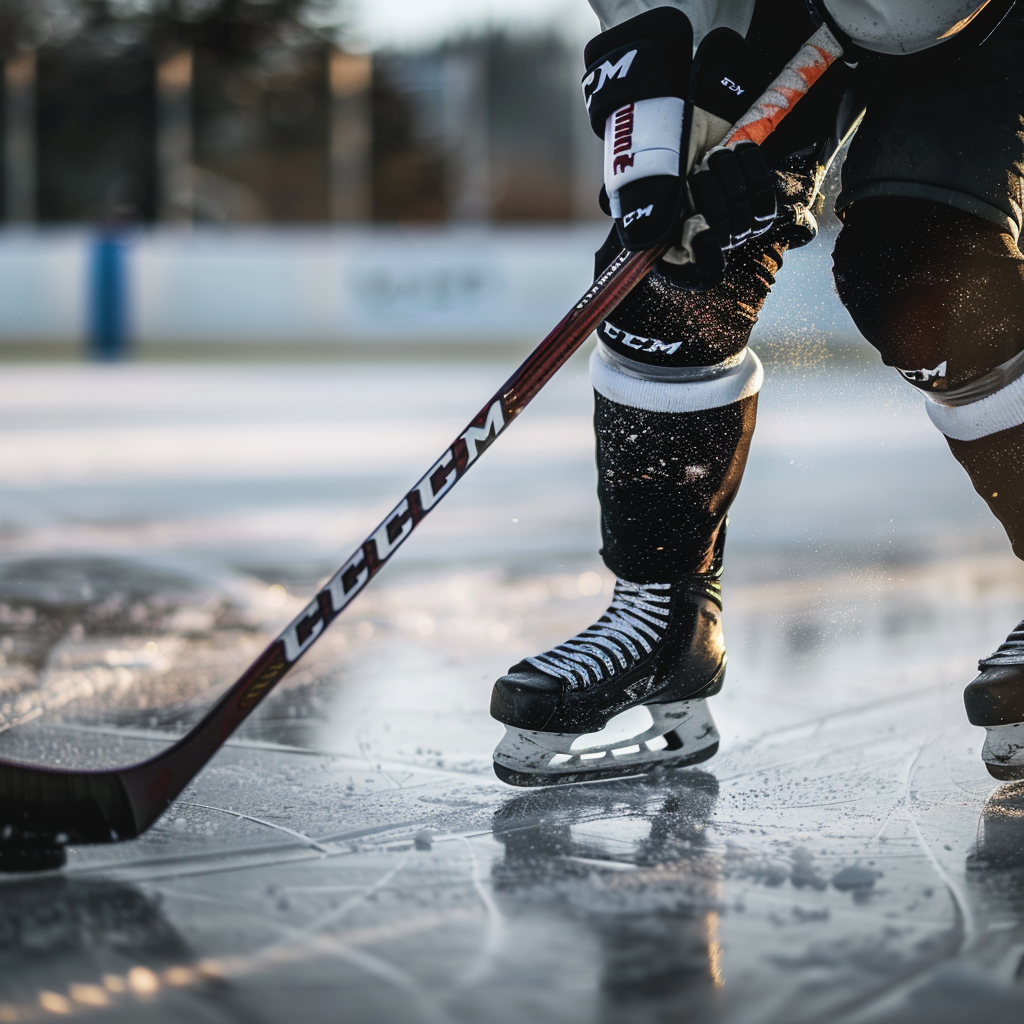Youth hockey serves as the foundation for developing professional players, offering structured programs and experiences that nurture talent from an early age. This article delves into the significance of youth hockey, exploring the development programs, key stages of player growth, training methodologies, and the essential psychological support that paves the way for young athletes to achieve professionalism and success.
Development and Structure of Youth Hockey Programs
Various programs and structures are essential for the development of young hockey players. These include local clubs, specialized hockey schools, and elite academies that provide comprehensive training and competition opportunities. Local clubs often serve as the entry point, offering basic training and introducing children to the fundamentals of the game. These clubs are crucial for early skill development and fostering a love for the sport.
Hockey schools and academies play a significant role in advanced training. These institutions provide more structured and intensive training programs, focusing on technical skills, tactical understanding, and physical conditioning. They often employ experienced coaches and offer state-of-the-art facilities. Academies such as the USA Hockey National Team Development Program (NTDP) and Canada’s Hockey Canada Program of Excellence (POE) are renowned for their rigorous training regimens and have produced numerous NHL stars.
The role of regional and national governing bodies cannot be overlooked. Organizations like USA Hockey and Hockey Canada oversee the development of youth hockey, setting standards, organizing competitions, and providing resources for player development. These bodies ensure that young athletes receive consistent and high-quality training across different levels and regions.
Private training programs and summer camps also contribute significantly to player development. These programs offer specialized training sessions that focus on specific aspects of the game, such as skating techniques, shooting accuracy, or goaltending skills. They provide an opportunity for young players to refine their abilities during the off-season and receive personalized coaching from experts.
Key Stages of Player Development
Youth hockey players undergo several key stages on their path to professionalism. These stages involve continuous skill development, increasing levels of competition, and critical experiences that shape their growth as athletes. The initial stage involves learning basic skills and understanding the game. Young players are introduced to skating, stickhandling, passing, and shooting. This foundational stage is crucial as it builds the necessary skills and instills a passion for hockey. Coaches focus on making the game enjoyable, ensuring that players develop a love for the sport.
Intermediate stage introduces more structured competition. Players start participating in local leagues and tournaments, gaining valuable experience in game situations. This stage emphasizes teamwork, positional play, and tactical awareness. Players learn to apply their skills in competitive settings, developing their understanding of game strategies and dynamics.
The advanced stage is characterized by participation in elite leagues and showcases. Talented players are selected for travel teams, regional teams, and eventually national teams. They compete in high-stakes tournaments and showcases, where they are scouted by professional teams and college programs. This stage is critical for exposure and evaluation, as players demonstrate their abilities against top-tier competition.
Transition to junior hockey represents the final step before professional or collegiate play. Junior leagues, such as the Canadian Hockey League (CHL) and the United States Hockey League (USHL), provide a highly competitive environment where players refine their skills and gain significant exposure. Success at the junior level often leads to opportunities in professional leagues or scholarships to college hockey programs.
Training Methodologies and Approaches
Technical drills focus on honing specific skills. Skating drills improve speed, agility, and balance, while puck-handling exercises enhance control and precision. Shooting drills develop accuracy and power, and passing drills promote quick decision-making and teamwork. These drills are designed to be repetitive yet varied, ensuring that players continuously improve their technical abilities.
- Tactical exercises are crucial for developing game awareness and decision-making. Small-area games and situational drills simulate real-game scenarios, teaching players to read the play, anticipate opponents’ moves, and make quick, effective decisions. These exercises encourage creativity and adaptability, allowing players to develop a deeper understanding of game strategies.
- Physical conditioning is a vital component of hockey training. Strength training, endurance workouts, and flexibility exercises prepare players for the physical demands of the game. Conditioning programs are tailored to the age and development stage of the players, ensuring that they build the necessary strength and stamina without risking injury.
- Successful programs and methods in youth hockey often incorporate a holistic approach. For example, the Long-Term Athlete Development (LTAD) model emphasizes the importance of early skill development, diversified training, and gradual progression. Programs that follow this model, such as those implemented by Hockey Canada, have been successful in producing well-rounded, skilled athletes ready for professional play.
Psychological Preparation and Support
Psychological preparation is as important as physical training in youth hockey. Young athletes face various pressures and challenges, and effective psychological support can make a significant difference in their development and performance. Motivation is a key factor in maintaining enthusiasm and commitment. Coaches and parents play a crucial role in encouraging young players, setting realistic goals, and celebrating achievements. Positive reinforcement and a supportive environment help players stay motivated and enjoy the process of improvement.
Self-discipline is essential for success in hockey. Players must learn to manage their time effectively, balancing school, training, and personal life. Developing good habits, such as consistent practice routines and healthy lifestyle choices, is crucial. Coaches and mentors can provide guidance and instill a strong work ethic in young athletes.
Emotional resilience is another critical aspect. The journey to professional hockey involves setbacks, failures, and intense competition. Teaching players how to cope with disappointment, stay focused under pressure, and maintain a positive attitude is vital. Psychological training, including visualization techniques and stress management strategies, can enhance mental toughness and resilience.
Support from coaches, family, and peers is indispensable. A strong support network provides emotional stability and encouragement. Open communication between players and coaches helps address concerns and build trust. Family involvement, such as attending games and providing moral support, boosts the players’ confidence and sense of belonging.
Also, we advise you to read our other article, where we talked about the history of team meetings.
FAQ
Local clubs serve as the foundation by introducing young players to the basics of hockey and fostering their initial skill development.
Hockey schools and academies offer structured training programs focused on technical skills, tactical understanding, and physical conditioning, often with experienced coaches and top-notch facilities.
Organizations like USA Hockey and Hockey Canada set standards, organize competitions, and provide resources to ensure consistent and high-quality training for young hockey players across different levels and regions.

